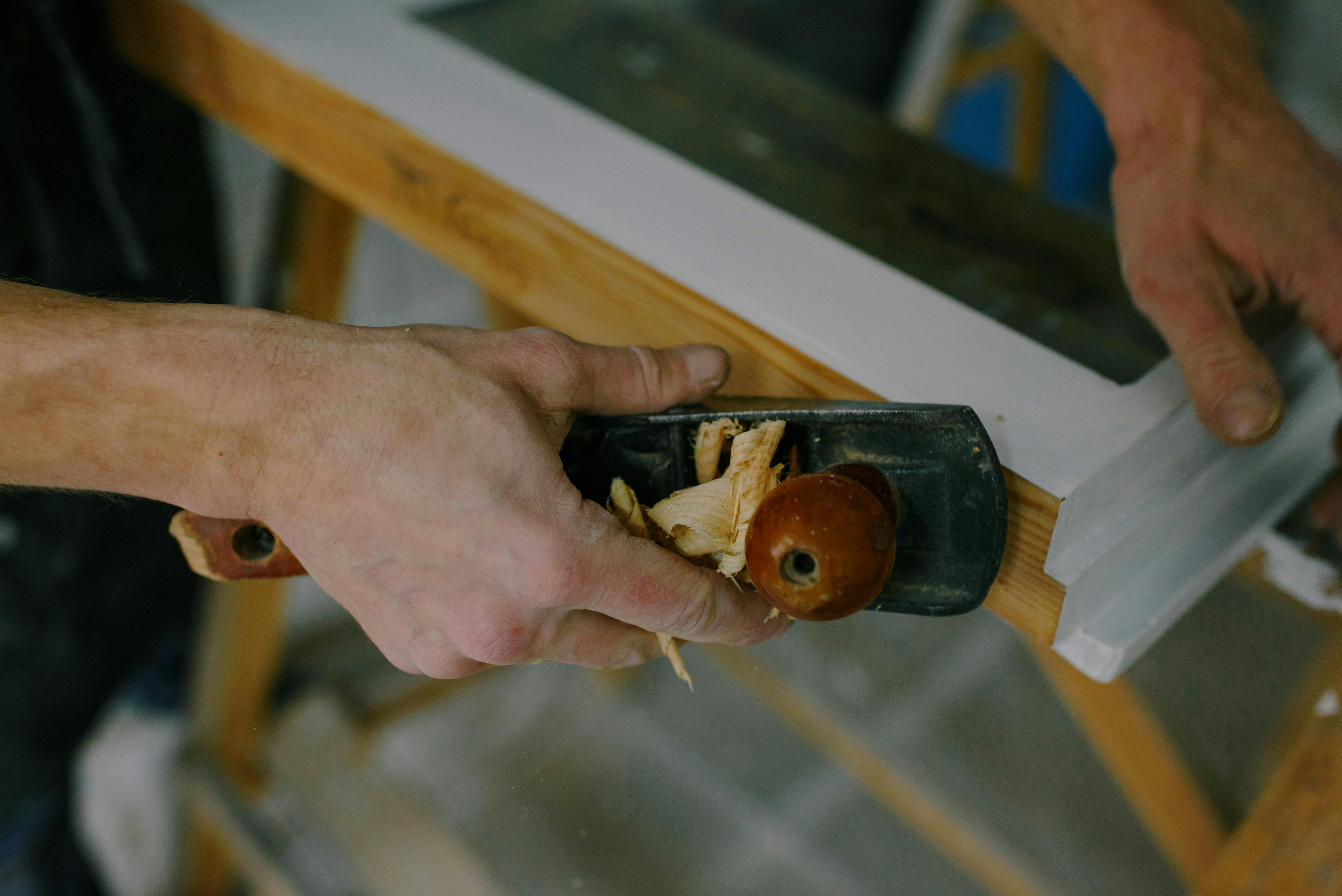Design a Piping System
Piping systems are a crucial part of industrial applications and facilities, transporting liquids, gases, slurries and fine particles. They are generally classified into two main types: process piping and utility piping. Process piping transports substances that are directly involved in the production process while utility piping provides services such as cooling water or compressed air.
Pipe system design is responsible for ensuring that the various components of a piping design system operate properly and safely. The process involves considering the various factors that affect the performance of a pipe, including corrosion and temperature resistance, material cost, thickness, and adherence to standards. It also includes determining the appropriate pipe size and establishing the pressure drop across the system. Other considerations include incorporating flexibility into the layout to accommodate thermal expansion and incorporating safety measures like fire protection.

The primary component of a piping system is the pipe itself, which is typically constructed from metal or plastic depending on the substance being transported. Piping materials must meet certain criteria, such as temperature and corrosion resistance and compatibility with the substance being transported. The diameter of a piping system determines its capacity and efficiency, while the amount of fluid or gas passing through a pipe in a given time is determined by flow velocity and is recorded in m3/s or ft3/s.
How to Design a Piping System
A piping system is completed with a variety of fittings and valves to regulate the direction, volume, and pressure of fluid or gas. Fittings allow pipes to connect at almost any angle, reduce or increase their diameter, and branch off in different directions. Common types of fittings include elbows, tees, couplings, and flanges. Valves control the volume, pressure, and direction of a pipe’s flow and offer varying degrees of shut-off and control. They are often equipped with a handle or other device for manual operation and can be actuated by a pump, actuator, or other mechanical device.
Piping systems are also designed with the assistance of specialized tools and equipment to minimize the risk of leakage and ensure that all necessary data is collected. These tools and equipment may include pumps, heat exchangers, valves, and tanks. They are arranged in a manner to ensure that the system can be cleaned, inspected, and repaired with minimal difficulty.
A detailed engineering of a piping system is an essential step in the construction of any project and requires careful planning. It involves several processes, such as conceptualization, research, feasibility analogy, defining design requirements, and production planning. It also consists of a preliminary layout and detailed engineering piping drawings.
Detailed engineering is a critical phase of a piping project that helps in reducing costs and improving project execution and productivity. It also ensures the safety of the employees working on the project. It is an iterative process that involves making adjustments and changes as needed. This enables the design of efficient and economical piping systems. The process of piping design can be facilitated by using software tools such as M4 PLANT.


